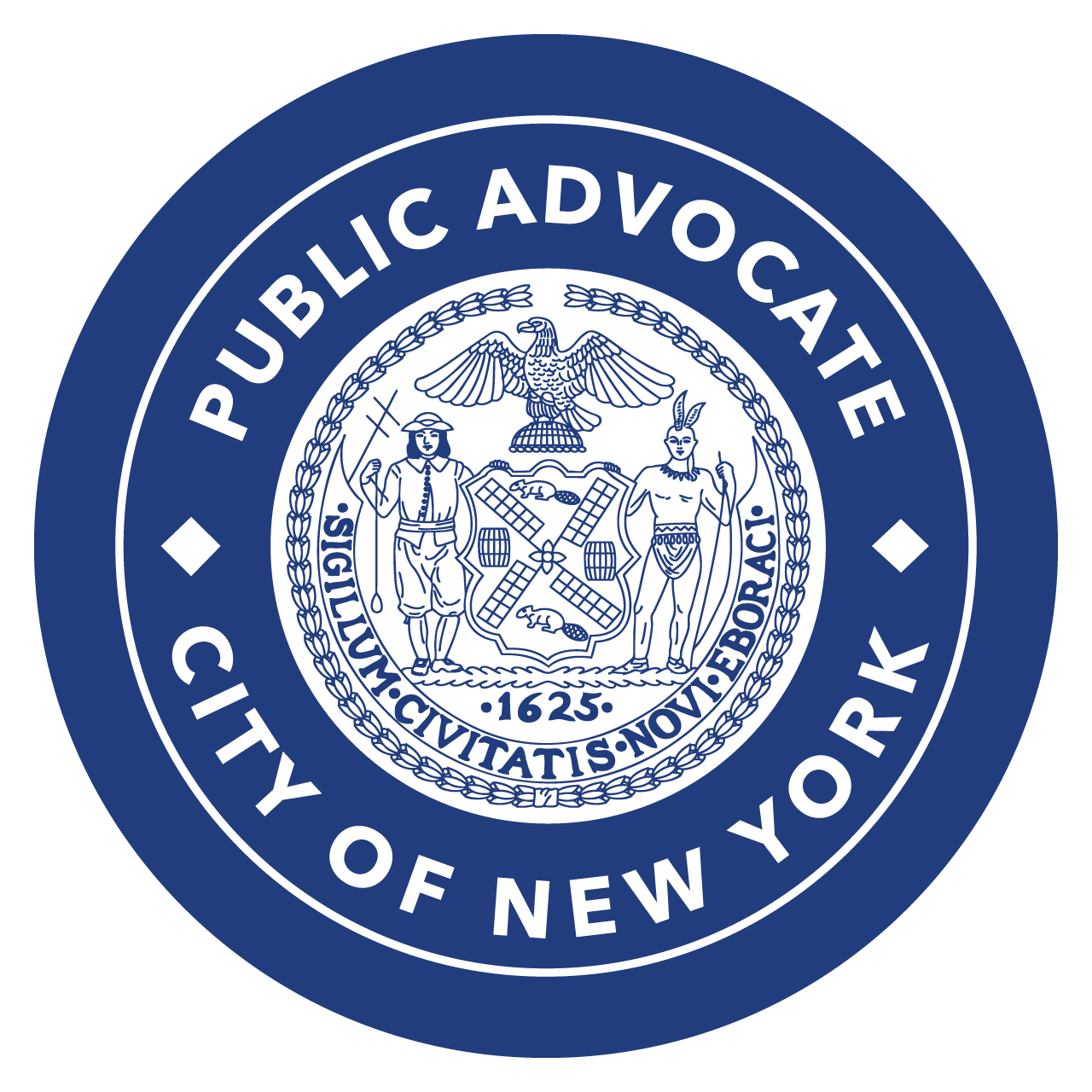New York City Public Advocate Jumaane D. Williams urged the administration to release data on the outcomes of NYPD involuntary transports today, as the mayor and others push to expand the involuntary commitment of New Yorkers. While data was made available for the 661 clinician-initiated transports in 2024, no corresponding number is public for the 7060 initiated by the NYPD. The Public Advocate also released the following statement:
“Wake up, Mayor Adams. The unintended consequences of passing this proposal to lowering standards could be dire, and lead to the criminalization of poverty, homelessness, and how it presents itself in our city. We have to be focused on helping people, not hiding them. If the mayor is committed to that goal, the least he can do is show us the data. Despite what the mayor and governor say, the choice is not between doing nothing and doing the wrong thing.”
The Public Advocate sent a letter to the NYPD requesting this essential data be made public as the administration continues to double down on a strategy without showing evidence of its effectiveness and despite evidence to the contrary.
He also held a press conference today to amplify this call, to ask that the mayor follow the existing law before pushing for new, harmful ones, and to highlight the need to strengthen and sustain support for New Yorkers in the greatest need. A copy of the letter is below. April 24, 2025 Dear Commissioner Tisch,
I recently wrote to Mayor Adams to express deep concern about the administration’s push to expand the use of involuntary commitment laws rather than following existing laws designed to support New Yorkers in need. A January report to the City Council [2024 Involuntary Transports Annual Report] from the Mayor’s Office of Community Mental Health tracked involuntary transports across city agencies in 2024. According to that report, the NYPD initiated 7,060 of these transports.
In that communication, I raised a critical and still unaddressed issue: The data provided shows that clinician-initiated transports—661 in total—resulted in hospital admissions 58% of the time. However, there is no comparable data regarding the outcomes of the NYPD-initiated transports. What were the outcomes of the 7,060 individuals transported to hospitals by the NYPD?
This information is not just a matter of public transparency—it is essential for policymaking. As conversations continue in Albany around potentially expanding the use of involuntary commitment through the state budget, we must have a clear, data-driven understanding of how these transports are currently being used, and with what outcomes. Without that, we risk shaping policy without fully grasping its real-world implications.
My office is requesting this information from the department, and urges you to release the data publicly to engage in good-faith collaboration with oversight bodies and community stakeholders to ensure practices align with public health priorities, civil liberties, and accountability. Please direct follow-up correspondence to my office through Chief Deputy Public Advocate for Policy Veronica Aveis at vaveis@advocate.nyc.gov.
Sincerely, Jumaane D. Williams Public Advocate for the City of New York
